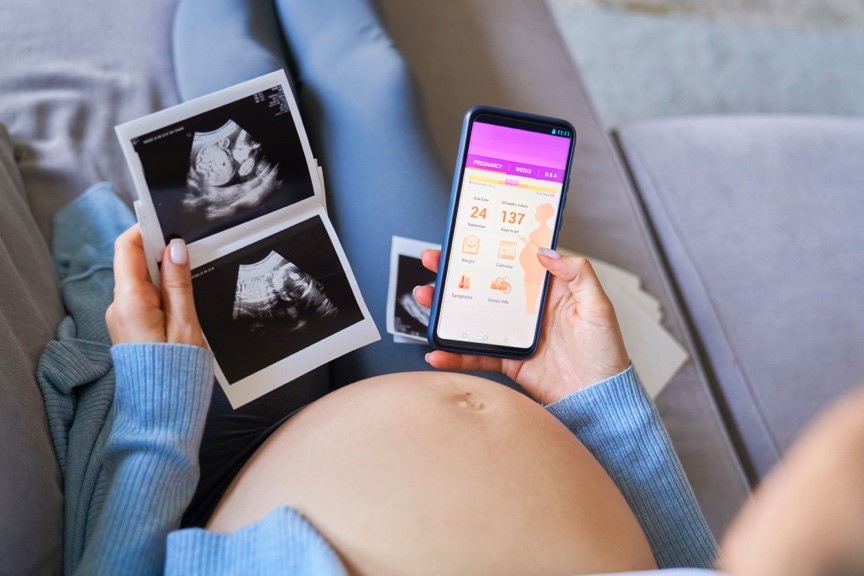Medical Device Innovation: Ensuring Safety and Compliance
Medical Device Innovation: Ensuring Safety and Compliance
In a world where technology is reshaping the paradigms of medicine, a crucial question arises: how to ensure the safety, reliability, and compliance of medical device applications? This question, at the heart of every developer’s concerns, resonates with a deep commitment to responsible innovation.
What Is a Medical Device According to Regulation?
A medical device, according to regulation, encompasses any instrument, apparatus, equipment, or software intended by the manufacturer for use in humans for medical purposes. This includes mobile applications when they are designed to diagnose, prevent, monitor, treat, or alleviate disease. Thus, a mobile application can indeed be classified as a medical device if it fulfills these functions.
The IEC 62304 Standard: A Pillar of Medical Device Safety The IEC 62304 standard, accessible via ISO, is an essential foundation in the regulation of medical device software. This standard defines the software lifecycle requirements, ensuring that each developed application meets stringent safety and quality criteria. Compliance with this standard is not just a legal responsibility, it reflects an awareness of the vital importance of each implemented functionality.
What Is the Medical Device Standard IEC 62304 Used For?
The IEC 62304 standard provides a framework for the development, maintenance, and management of medical device software. It ensures that software is developed according to rigorous and standardized procedures, thus reducing risks for patients and improving the quality and reliability of medical devices. By following this standard, developers and manufacturers guarantee that medical devices are safe and effective for their intended use.
Classification and Compliance :
Beyond the Rules The classification of medical devices, based on their level of risk, guides the development process. Each class requires specific attention, ensuring that devices not only meet industry standards but also the specific needs of each patient. Compliance goes beyond mere adherence to rules; it is synonymous with a commitment to human life.
Risk Analysis:
A Proactive Necessity Anticipating and managing risks is vital in the development of medical software. Risk analysis, a proactive approach, prevents problems before they occur. This proactive strategy is essential to ensure the creation of reliable and safe solutions.
The Verification and Validation (VnV) Process :
The Verification and Validation process is at the heart of quality assurance. By ensuring that each device functions according to its specifications, VnV reinforces the trust of users and health professionals, highlighting the reliability and effectiveness of the developed solutions.

Why Is Data Security Crucial in Medical Devices?
With the increase in connectivity and data usage in the healthcare sector, data security becomes paramount. Protecting sensitive patient information against unauthorized access and data breaches is essential to maintain trust and ensure compliance with confidentiality regulations. Measures such as encryption, access controls, and strong authentication are therefore indispensable.
Steps for Designing a Category B Medical Device Mobile Application
The development of medical applications is a crossroads between technology and humanity. By focusing on key elements such as compliance with the IEC 62304 standard, risk analysis, VnV, and data security, we are committed to offering solutions that meet the highest standards. To start your project in this exciting and demanding field, here are the essential steps to follow:
1. Preliminary Evaluation and Planning:
– Define the objectives and features of the application.
– Conduct a preliminary evaluation to determine if the application falls into category B of medical devices

2. Design and Development:
– Design the user interface and user experience (UI/UX) taking into account the specific needs of medical users.
– Develop the application following the IEC 62304 standard guidelines for medical device software.
3. Risk Management:
– Conduct a risk analysis to identify and mitigate potential risks associated with the application.
– Implement the necessary security measures to protect patient data.
4. Testing and Validation:
– Perform thorough testing to verify the functionality, performance, and compliance of the application.
– Proceed with validation to ensure the application meets the end-users’ needs and regulatory requirements.
5. Certification and Regulatory Compliance:
– Prepare the necessary documentation for certification and regulatory submission.
– Obtain the necessary certification to classify the application as a category B medical device.
6. Launch and Monitoring:
– Launch the application on the market while ensuring continuous monitoring for any necessary updates or modifications.
– Set up a feedback system to collect user feedback and continuously improve the application.
7. Maintenance and Updates:
– Ensure regular maintenance to guarantee the safety and effectiveness of the application.
– Update the application according to technological advancements and user feedback.
If you are considering developing a mobile application classified as a category B medical device, contact us to benefit from our expertise and support throughout this complex but rewarding process. Together, let’s transform your innovative ideas into concrete and secure medical solutions.